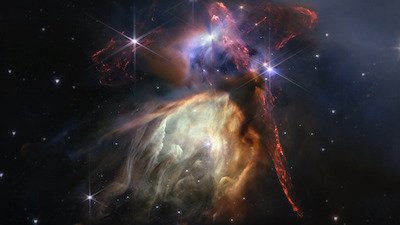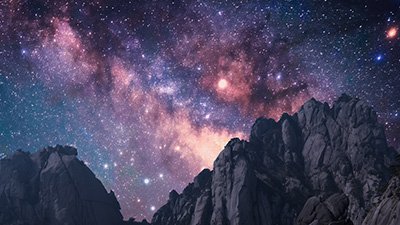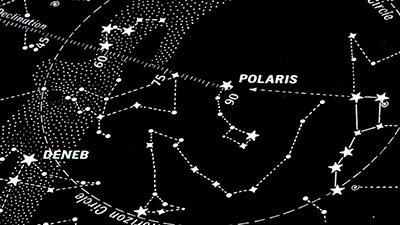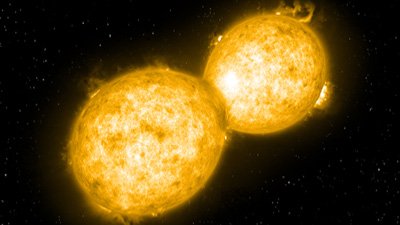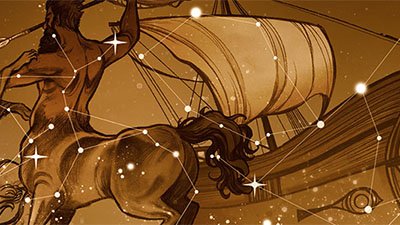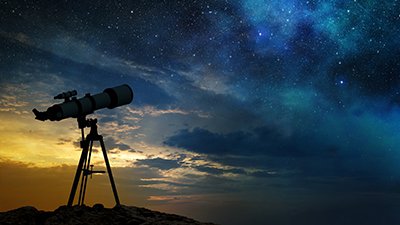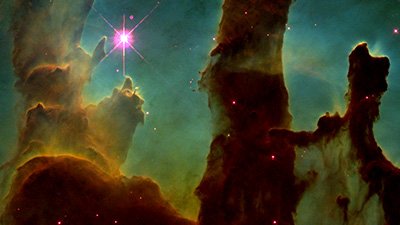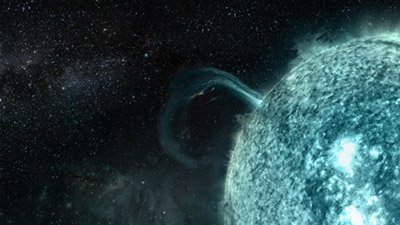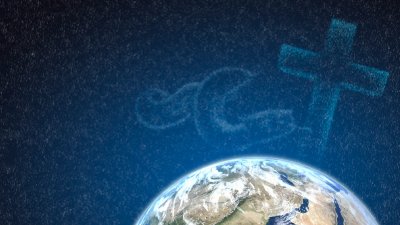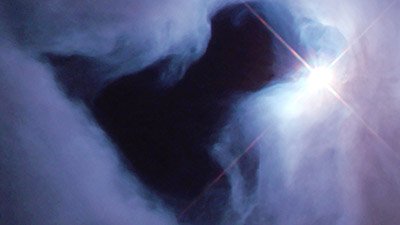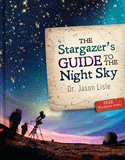Stars
Formation of Stars
Although astronomers who accept the billions-of-years view of the universe’s age believe stars are still forming, they do not actually know how. They believe swirling hydrogen gas cools and condenses until it is dense enough to possess enough gravity to prevent re-expansion. The truth is astronomers have never actually observed the birth of a single star.
Are Stars Still Forming Today?
Even though God ceased creating on Day Six, we occasionally see islands, mountains, rivers, and canyons form today. Could stars occasionally form in a similar manner today? God could have made gas clouds already in the process of collapse to form stars, or God could have ordained processes whereby stars occasionally form.
Telling Time by the Stars
In past generations, telling time by the stars was an essential part of life. It is really pretty easy to do. You can even roughly estimate the time by eye, as long as you don’t need high precision.
The Blue Star
Some stars burn so brightly that they should soon run out of fuel, while others are relatively cold and would seem to last forever. One type of star in particular—the blue star—is a big problem if you assume the universe came into being 13.7 billion years ago.
News About Stars
-
Dec. 28, 2023 from Ken Ham Blog
A recent headline from a pop science site: “Was the Christmas Star a Real Astronomical Event?”
-
July 20, 2023 from Ken Ham Blog
Recent articles highlighting a photograph from the James Webb Space Telescope claim they’ve captured images of 50 baby stars, “at the moment of birth.”
-
Feb. 9, 2023 from Ken Ham Blog
Have they finally found elusive Population III stars? Well, a recent article claims that scientists might have spotted “the first direct evidence” of these stars.
-
Jan. 13, 2022 from Ken Ham Blog
The European Southern Observatory’s Very Large Telescope has discovered a brand-new world in the Centaurus constellation.
Articles About Stars
-
March 20, 2024 from Danny Faulkner Blog
What is a recurrent nova, and why do astronomers think that it might erupt this year?
-
Dec. 22, 2018 from Danny Faulkner Blog
Flat-earthers argue that since certain verses in Scripture speak of the stars falling, then the stars will literally fall.
-
Sept. 23, 2018 from Answers Magazine
After 29 years of research, a creation astronomer has observable evidence that stars can’t be billions of years old.
-
May 1, 2018 from Answers Magazine
Since early times, the human imagination has connected stars into familiar patterns, which we call constellations.
-
Oct. 5, 2016 from Answers in Depth
Did this constellation name and idea originate at the same place and from the same people before being scattered throughout the earth?
-
Jan. 25, 2015 from Answers Magazine
The secular media often report new evidence of stars in the process of formation. They say this supports star evolution. What do creationists think?
-
Nov. 24, 2013 from Answers Magazine
Among the kaleidoscope of stars, brilliant blue stars are of special interest.
-
Magazine ArticleTelling Time with the StarsNov. 17, 2013 from Answers Magazine
With a little practice it’s possible to know the time of night, just by looking at the stars.
-
Do Herbig-Haro Objects Herald Star Birth?Aug. 31, 2013 from News to Know
Herbig-Haro objects are generally believed to be associated with star formation. Beautifully belching jets hailed as stellar birth announcement.
-
Distant Galaxy Allegedly Rapidly Forming StarsApril 27, 2013 from News to Know
Star light, star so bright—is this hot spot in the sky churning out stars at record-breaking speed?
-
Feedback ArticleCan We See the Surfaces of Stars?April 12, 2013 from Feedback
Dr. Danny Faulkner, AiG–U.S., explains whether astronomers can see the surfaces of stars and what methods they use.
-
Magazine Department ArticleCosmic ConundrumJan. 1, 2013 from Answers Magazine
Astronomers have discovered what news outlets have dubbed a “super-mom.”
-
New Stars in Bright Blue Galaxy?Aug. 25, 2012 from News to Know
A bright blue galaxy: is it bursting with new stars?
-
Galaxy Aglow With New StarsDec. 24, 2011 from News to Know
Are the stars of NGC 253 bursting in space?
-
Magazine Department ArticleMessage of the StarsDec. 27, 2010 from Answers Magazine
Here and there around the globe, Christians are putting feet to their burden to tell the real message of the stars.
-
April 4, 2010 from Answers Magazine
One theory, proposed in the nineteenth century, was that the constellations represent the vestiges of a primal gospel that God gave to early man.
-
-
Semi-Technical In-Depth ArticleStar Formation and CreationNov. 19, 2008 from Answers in Depth
A recent Internet report claimed that researchers caught “infant” stars in the act of “feeding.” But is there more to the story?
PDF Download -
Feedback ArticleStellar Evolution and Millions of YearsFeb. 8, 2008 from Feedback
Does the Hertzsprung-Russell diagram prove that the universe must be millions of years old? Dr. Jason Lisle answers.
-
Magazine Department ArticleTeach the Lost—Look to the StarsJan. 1, 2008 from Answers Magazine
The Bible says that the heavens are a ready-made platform for declaring the glory of God and showing His handiwork.
-
Dec. 19, 2007 from Answers Magazine
The properties of stars do not suggest an evolutionary origin.
-
Magazine ArticleCounting the StarsMarch 1, 1997, pp. 10–13
People have always been fascinated by the stars and many have tried to count them.
-
Magazine ArticleWere Stars Created?March 1, 1996, pp. 50–51
The Hubble telescope has recently taken some spectacular pictures of stars forming. Doesn't this prove that stars were not created? No, it doesn't.
Recommended Resources

Answers in Genesis is an apologetics ministry, dedicated to helping Christians defend their faith and proclaim the good news of Jesus Christ.
- Customer Service 800.778.3390
- Available Monday–Friday | 9 AM–5 PM ET
- © 2025 Answers in Genesis



